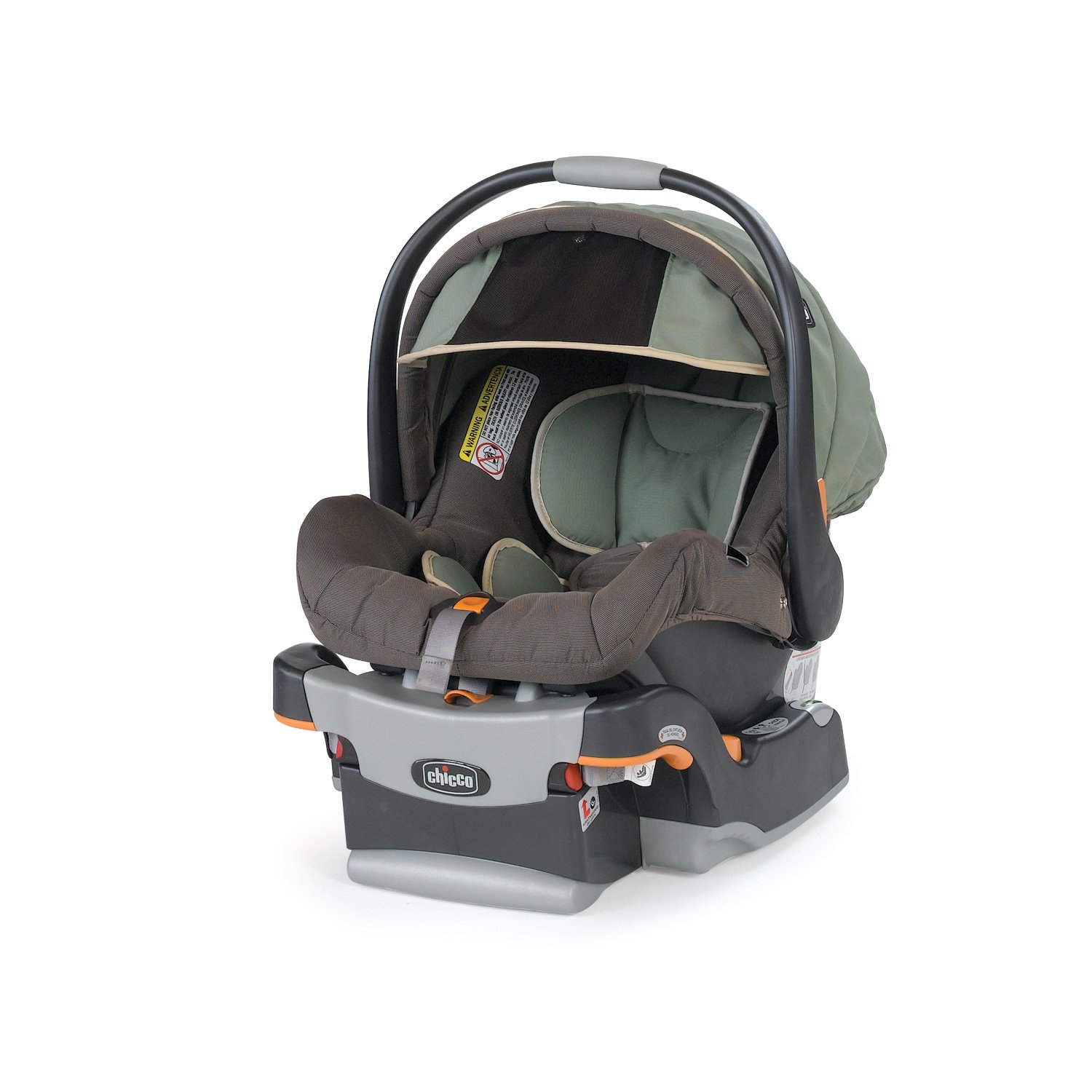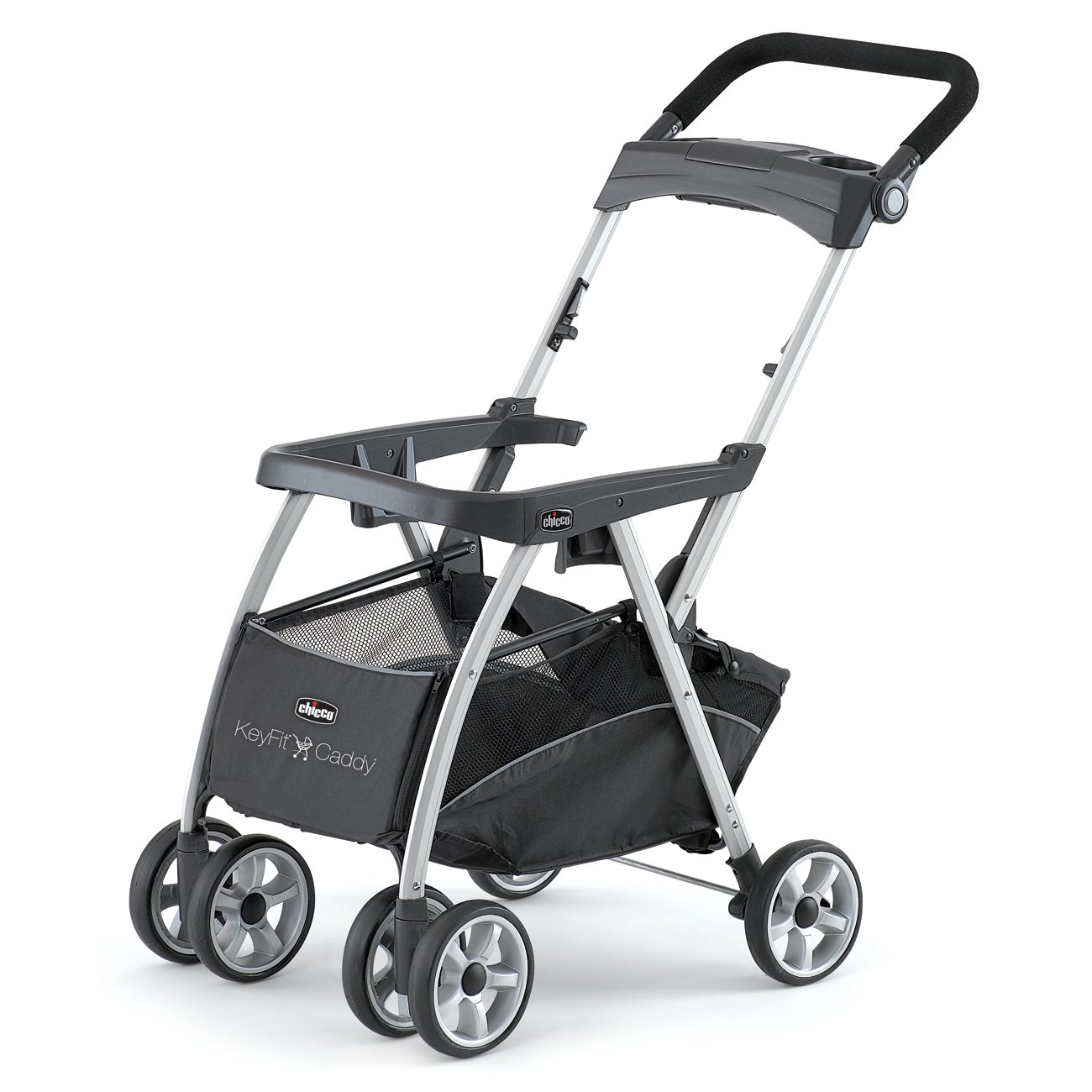Some of my Disabled friends and acquaintances who are disability scholars and activists were prepared to love the new reality series on Sundance Channel, "Push Girls." I was prepared to hate it. This is a critical review of the first three episodes, delayed since Gavin and I recently moved and have been without cable and internet for several weeks.
Let's begin with why I was prepared to hate the show. First, it's a reality show about women; I expected similarities to the "Real Housewives of..." series' or "Jersey Shore." It's annoying enough to see able-bodied women portrayed as shallow ditzes. Second, I am chronically dissatisfied with the representation of Disabled people in the media. We're usually either pitiful in need of charity ("Extreme Makeover," anyone?) or heroic and inspiring (most typically for achieving feats squarely in the normal range of human functioning). I expected no less of a combination of these polar roles from "Push Girls." The final reason I was prepared to hate the show is because I didn't create or script it. I'm serious. One of my greatest flaws is that I get caught up in my own perspective and fail to recognize as valid the viewpoints of others, especially around disability.
When I learned that the cast of "Push Girls" would be women with paralysis, I was not surprised. Spinal Cord Injury (SCI) is in many ways the most "acceptable" disability. It is more easily understood (not by any means well understood, mind you) by able-bodied folk, and they also understand that it could happen to them. Those with low level injuries can look pretty "normal," just sitting in a wheelchair. Women with SCI in particular are often viewed as attractive by conventional standards; muscle atrophy is perfectly consistent with the uber-thin ideal for women in today's society. Outsiders understand that SCI is not genetic, and won't be passed on to offspring. I'm not saying people with SCI have it "easier," and I'm not trying to be inflammatory; these are just my observations.
It was neat to see real people in wheelchairs on the show. I forgot how seldom I actually see us on TV. I was turned off a bit initially by the intro; the idea that Disabled people can and should "push through" their disabilities, as if confidence can overcome all obstacles. This theme is repeated often. The women of "Push Girls" don't let their disabilities stop them or their wheelchairs define them. The implication is that if other Disabled people could simply harness some of that attitude, we'd all be happy and successful (never mind actual architectural, attitudinal, and environmental barriers).
I was really pleased to see a diverse group of women; various races, ethnicities, and sexual orientations were portrayed. This was really a pleasant surprise. Too often when we do see disability portrayed, it's through a white, heterosexual lens. I did not care for the voyeuristic aspects of the show. Some of that is inherent in a reality show, but did we really need to see the women getting in and out of the tub? That seems to be for the curiosity of an able-bodied audience. Another way the show panders to such curiosity is the constant re-telling of the women's injuries with very theatrical clips and narratives.
I loved the emphasis on mentorship, with the youngest cast member, Chelsie, being taken under the wing of the older Disabled women. Of course, I was offended when Mia says "I don't date guys in chairs; I prefer able bodied men." I guess it's good they don't apply the same logic to her – but the bottom line is, that's her opinion, and she's entitled to it. Not only that, but it's a realistic demonstration of the internalized oppression of Disabled people.
I really liked the realistic portrayal of financial struggle with health care in the storyline of Angela. Naturally, it was sensationalized and over-dramatized, but finally! A real issue that Disabled people face every day. An environmental barrier exists! I also liked that there was an aspect that focused on others' difficulty with acceptance of disability (Mia's mom). Instead of portraying the women as struggling to accept their disabilities, it showed an able-bodied person unwilling to accept her daughter as is. Nice (as in, realistic).
I enjoyed Angela's celebration of life party. This gave off more of a disability pride vibe to me, and less of a pity party vibe, although it was somewhat of a mix. Overall, I thought the show was more positive than negative. I found the cast highly likeable, especially Auti. I have come to appreciate hearing Disabled voices; even if I don't agree with them all the time, I'd rather have our voices telling our stories than an able-bodied slant. But don't think I don't know the editing room is full of non-disabled folks trying to get ratings. And drama and pity will get ratings.



























